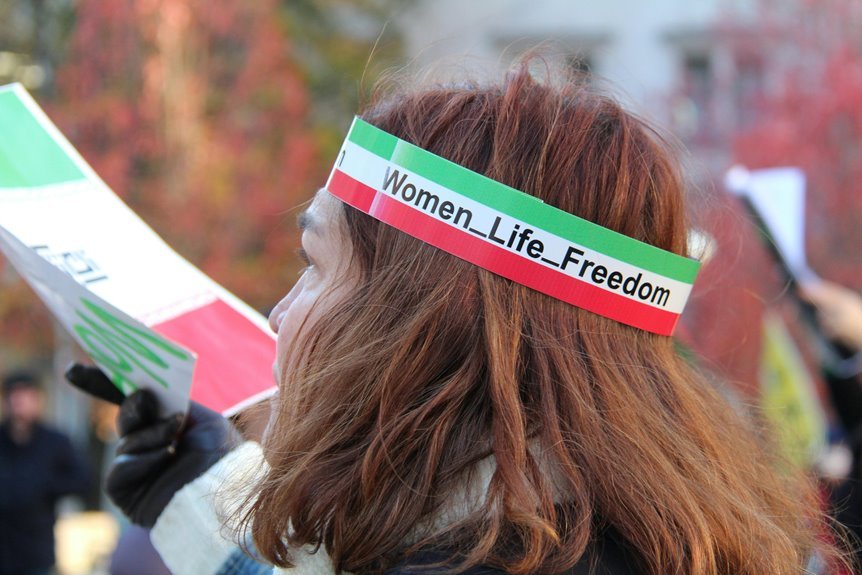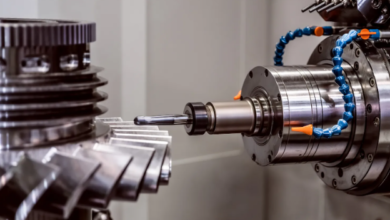
Mutf_In: Kota_Mult_Asse_Lfyyt9 emerged as a significant artistic movement in the early 21st century. It intertwines diverse cultural influences with a focus on freedom and individuality. By examining the interplay between art and technology, this movement challenges conventional norms of creativity. Its impact spans various industries, indicating a shift in collaborative design practices. What implications does this have for future artistic endeavors and audience engagement? The answers may reshape perceptions of creativity itself.
The Origins of Mutf_In: Kota_Mult_Asse_Lfyyt9
The origins of Mutf_In: Kota_Mult_Asse_Lfyyt9 can be traced back to a confluence of cultural, technological, and social developments that emerged in the early 21st century.
Cultural influences from diverse backgrounds fostered a rich tapestry of ideas, while design evolution reflected the shifting values of freedom and individuality.
This period marked a transformative phase, where innovative practices began to reshape artistic expression and community engagement.
The Intersection of Art and Technology
Exploring the intersection of art and technology reveals a dynamic interplay that has transformed creative practices in contemporary society.
Digital creativity flourishes through innovative mediums, allowing artists to engage audiences in unprecedented ways. Interactive installations serve as a prime example, merging physical and virtual realms, fostering immersive experiences.
This convergence not only enhances artistic expression but also challenges traditional notions of creativity and audience participation.
Impact on Various Industries
Numerous industries have experienced significant transformation due to the integration of art and technology, reshaping their operational landscapes.
This evolution has been particularly evident in the supply chain, where digital transformation enhances efficiency and transparency.
Companies now leverage innovative solutions to streamline processes, reduce costs, and improve customer experiences, ultimately fostering a more agile environment that encourages creativity and collaboration across sectors.
The Future of Collaborative Design
How will the convergence of technology and human creativity redefine collaborative design in the coming years?
The integration of advanced collaborative tools with innovative design methodologies is poised to enhance creativity and streamline workflows.
As individuals and teams harness these technologies, they will foster a more inclusive environment, empowering diverse voices to contribute, ultimately leading to richer, more dynamic design outcomes that reflect a collective vision.
Conclusion
In summary, Mutf_In: Kota_Mult_Asse_Lfyyt9 stands as a testament to the evolving landscape of artistic expression, blending technology and collaboration. Critics may argue that such movements dilute traditional art forms; however, the synthesis of diverse influences not only enriches cultural discourse but also fosters inclusivity and innovation. As this dynamic movement continues to unfold, it promises to reshape the future of design and creativity, inviting broader participation and challenging conventional paradigms in the process.




